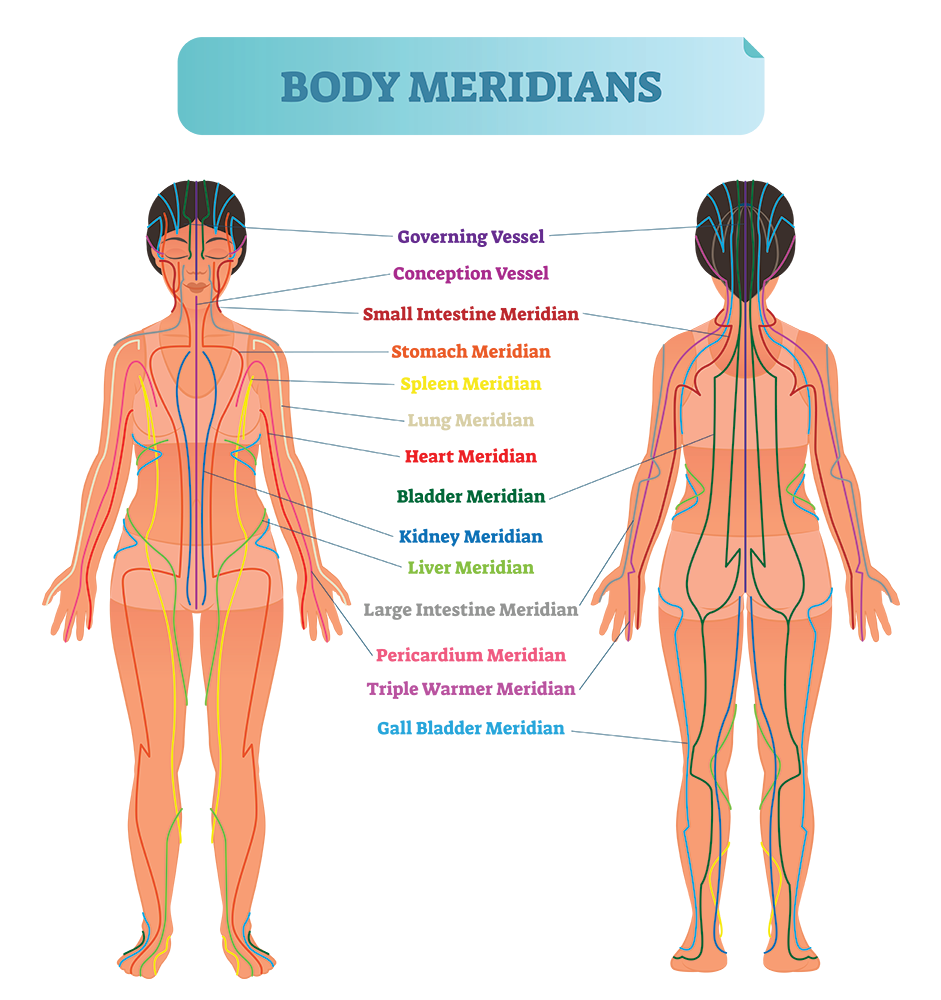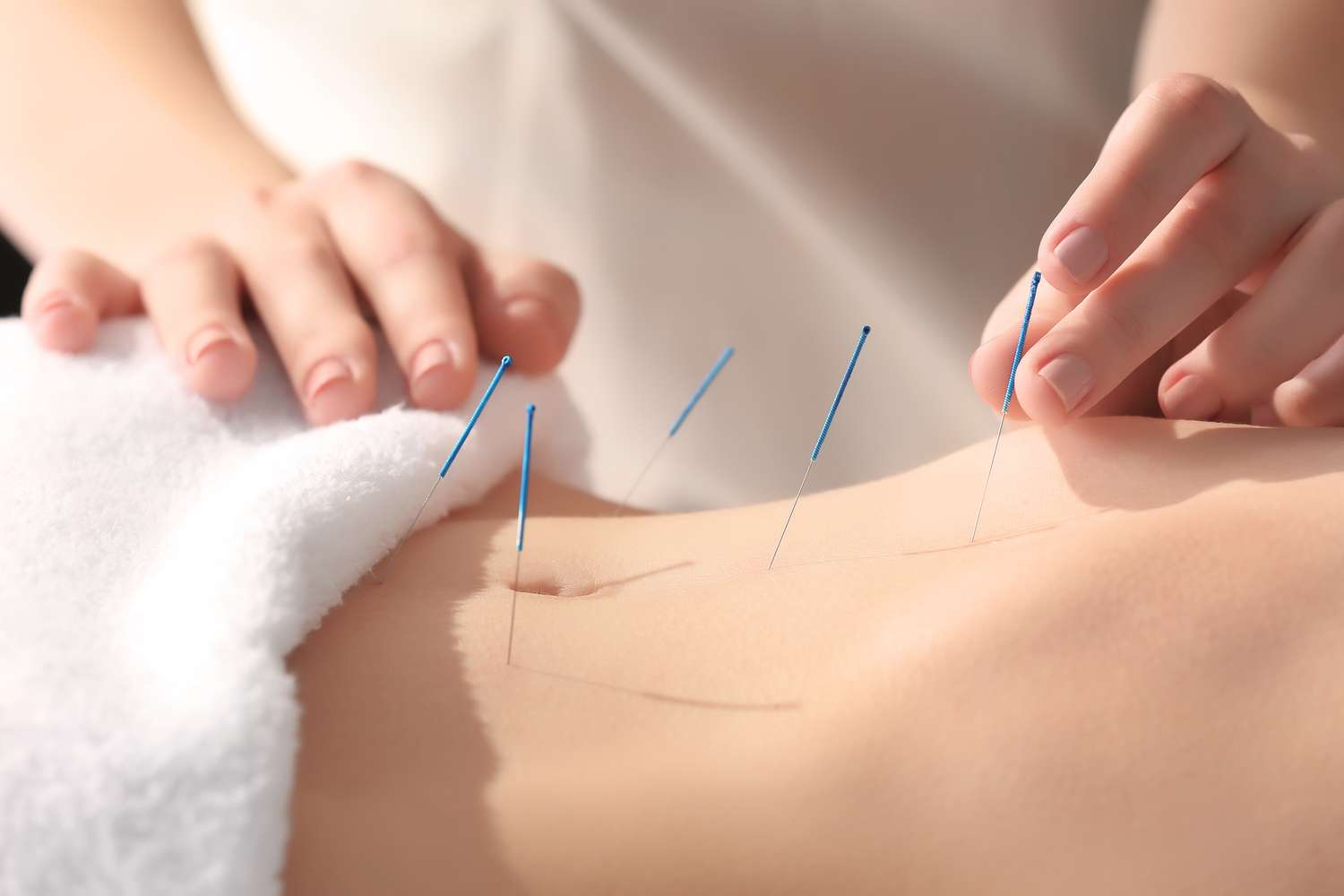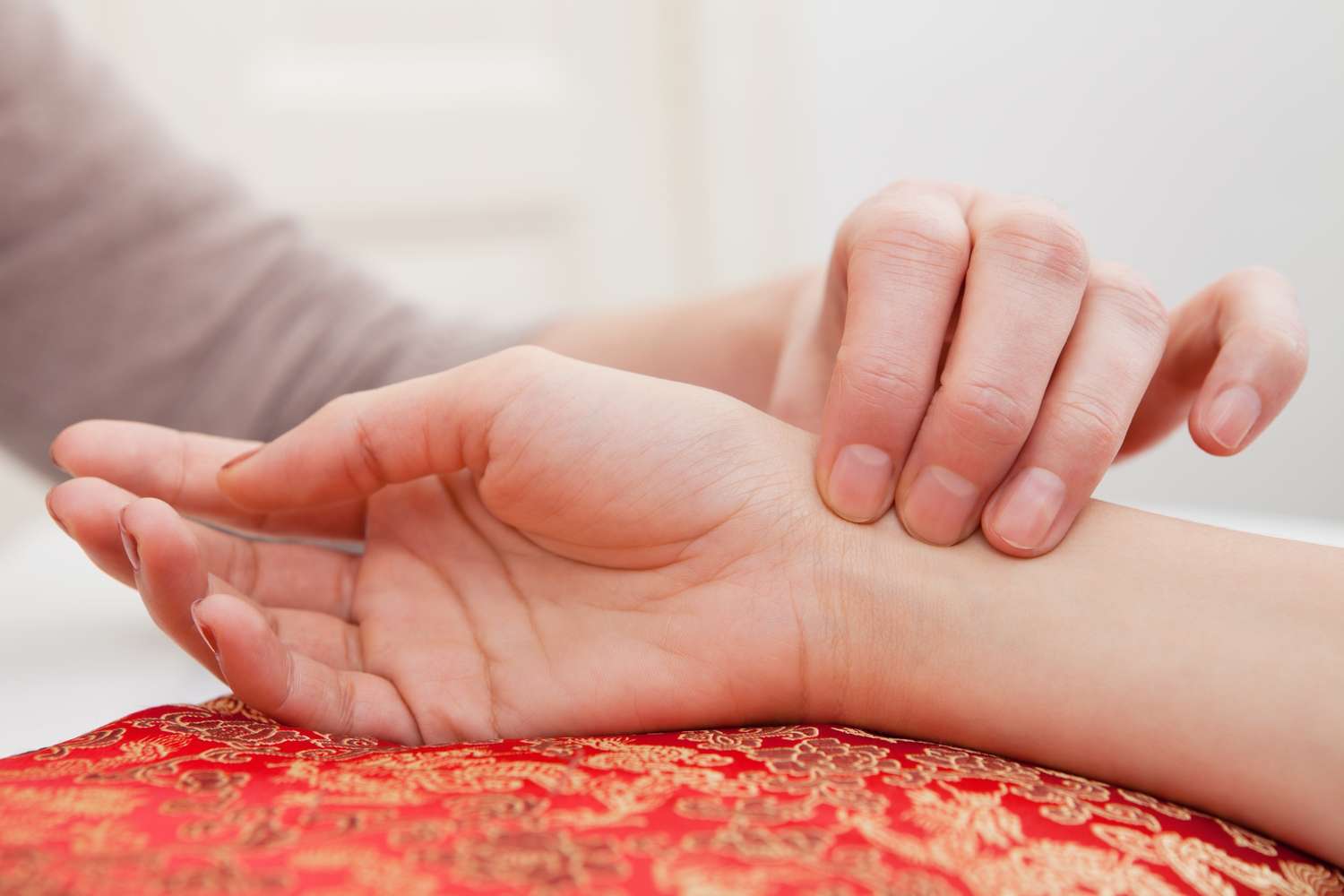THE POWER OF Qi
‘Qi’ is the basic foundation of Eastern medicinal thinking. Known as ‘KI’ in Japanese, its closest translation would be energy as defined in modern particle physics: in the sense of being on the continuum between matter and energy.
Universal energy
Qi can be material and non-material. Everything in the universe – from our thoughts to our bodies and even the universe itself – is made up of Qi in different forms. The Qi of air and water, for instance, is finer than the Qi of a tree. But whatever the form, Qi is in a constant state of movement, metamorphosis and flux.
‘Human’ Qi
Qi is not only all around us, but within us as well. Human beings generate it internally, transforming it from the food we eat and the oxygen we breath. Nutrition is the most crucial source of bodily Qi, which is why Traditional Chinese Medicine places such great importance on the quantity, quality and combination of food that a person consumes.
Cycle of health
Qi moves through the body’s 12 main meridians in a standard cycle that generally takes 24 hours, making the body an integrated whole. As long as it can be formed, transformed and flow without blockage, the result is long-lasting physical, mental and spiritual health.
Unblocking + replenishing
However, this cycle can be disrupted by various factors, such as non-optimal nutrition, emotions, weather, jet-lag and stress. And if stagnation develops anywhere in the network that blocks the flow of Qi, illness can result. In such situations, Qigong and REIKI are effective ways to re-regulate the cycle. And should Qi become low and depleted, REIKI can replenish it.

CHINESE MEDICINE
Qi – the foundation
The basic foundation in all Eastern medicinal thinking, including the Chinese, is ‘Qi’ (or ‘Ki’ as it is known in Japanese). Essentially, it is energy. Everything in the universe is made up of Qi in one form or another. Qi manifests itself in different densities, for example the Qi of air and water is thinner that the Qi of a tree. Likewise in the human body, the Qi of blood is thinner than the Qi of muscles. When Qi can be formed, transformed and flow without blockage, the result is long-lasting physical, mental and spiritual health.
The Western dilemma
The power and effectiveness of Traditional Chinese Medicine continues to be increasingly confirmed. Until recently, however, it has been largely unknown in the western world. Here, our technology-driven approach to life in general tends to break everything down into components. We view and tackle issues in different areas – our work, our relationships, our physical state – in isolated ways. Western medicine offers no framework in which we can view the complete individual, whether healthy or ill.
Potent healing
Chinese medicine does. It provides a complex, but well founded, medical matrix in which you can connect physical, mental, emotional, genetic and environmental factors – and address them. And when such natural Eastern therapies are supplemented by the biochemical and cellular insights of Western medicine, it delivers very potent healing power indeed.
Branches of Qi care
As this ancient school of medicine evolved over the ages, it came to focus on cultivating and caring for Qi through four main branches.
There are various therapeutic applications that fall under these areas, such as herbal medicine, nutritional therapy, acupuncture and Feng Shui.
But to effectively address illness or optimise health, all four branches must be involved.
Self-reflection
Nutrition & breathing
Movement
Interaction & touch


